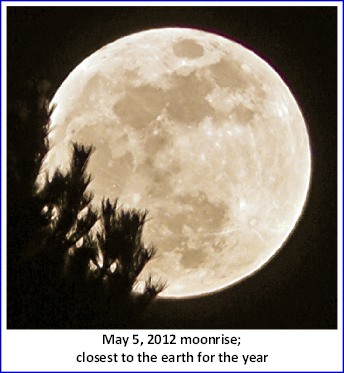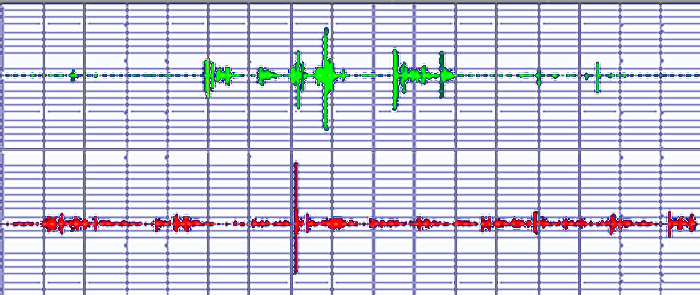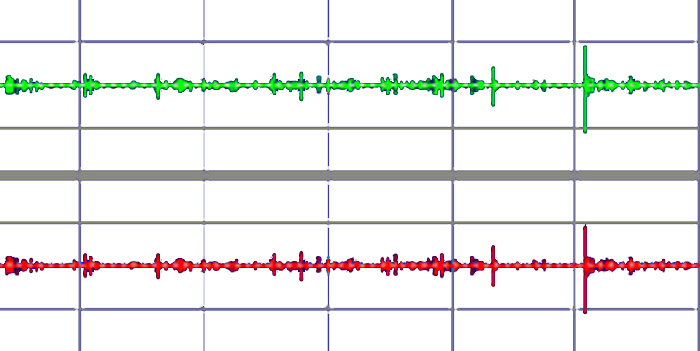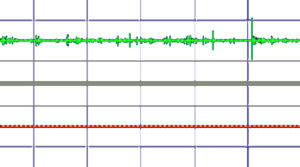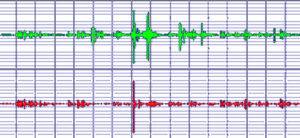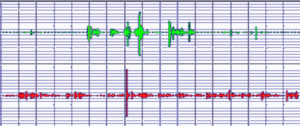Summary Report
Regarding Brief Events at the National Security Agency
During the Mid-1980s Timeframe
Pertaining to Remote Viewing And UFO Phenomena
(Peripherally Involving Mrs. Sarah Virginia Estep – Former President of The American Association Of Electronic Voice Phenomena)
by Rebecca Anne Estep 30 May 2018
Per the mandate of the NSA/CSS Public Release Review Team/Information Security and Classification Division, the following statement is required: “This memoir is a collection of personal recollections of a topic of personal interest. The information and conversations contained herein are solely mine [Rebecca Anne Estep] and does not represent any official position, opinion or official record of NSA. According to the Public Release Review Team (PRRT), this material is approved for public release in a private capacity [that is, Ms. Estep is not representing the NSA in any official capacity via this document] with no restriction on venue or medium per NSA/CSS Policy 1-30, dated 12 May 2017, paragraphs 2.a-e. Nothing in this public release review approval should be interpreted as verification of the information included in the submission. NSA is not responsible for fact-checking the document, nor does the PRRT “approve” (confirm) the data contained therein. The PRRT solely verifies that the material is completely UNCLASSIFIED and contains no protected information.”
Any peculiarities regarding the names in this document (i.e., the use of the first letter of the first or last name) was solely at the direction of the PRRT. Any exceptions to this rule which occur throughout the document has been approved by the PRRT.
CASE NUMBER PP-18-0085
I’ve been employed at the National Security Agency (NSA) in Ft. Meade, MD since May 1980 and currently work as an information management specialist.
This document describes several events that occurred at NSA during the mid-1980s which indicates the agency’s past interest – to the limited extent I was made aware of it – in the field of remote viewing and UFO phenomena. It is common knowledge that during the 1970s-1990s, various DoD agencies were interested in exploring the field of parapsychology, particularly remote viewing, for the purpose of gathering intel against various targets. I assume this is an idea whose time has come and gone and that the NSA no longer maintains an interest in remote viewing (or UFOs for that matter).
Because of the years that have passed, I do not remember a fair amount of details. Therefore, and regrettably, this document will be vague in some places; more specific in other areas.
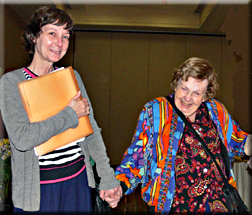
NSA’s INTEREST IN REMOTE VIEWING
Sometime during the mid-1980s, Ms. D (an NSA employee who worked in my building – Ops 3 aka Frank B. Rowlett building) told me about a venture known as Project Center Lane. I don’t remember much about what I was told except that the study was being conducted by the Army in Ft. Meade. The Army wanted to investigate remove viewing for intelligence gathering purposes. Several NSA employees were involved in it, but Ms. D was the only one I knew personally. NSA sent Ms. D to the Monroe Institute in Virginia to learn how to do remote viewing. Ms. D came back and told me that it could be physically and mentally damaging to some people who practiced the techniques. She did not explain what she meant by that, except to say that it was “draining”. She withdrew from Project Center Lane either because the project ended on its own or because of its negative psychological effects; I do not remember now what her reason was. I also cannot recollect the reason why Ms. D chose to divulge Project Center Lane to me. I don’t know if it would have been considered a security breach that she informed me of it; she never said it was classified. Ms. D knew that my mother was involved in the field of parapsychology and perhaps that explains her reason for telling me about the remote viewing project.
OTHER GOVERNMENT INTEREST IN REMOTE VIEWING
Somewhere in the mid-1980s, I was approached by an employee at NSA; his name was Mr. A. I had seen him around in the hallways, and had spoken to him occasionally. He told me about a group of people at NSA who were doing a project with someone at the National Standards Bureau (NSB) in Washington, D.C. It was not an NSA-affiliated program. The study dealt with remote viewing, and Mr. A wanted to know if I’d like to participate. He explained that the man at NSB (who was never identified) was conducting the study as his own personal/private experiment. I don’t know how Mr. A had heard of the remote viewing project and who approached him about it. I think Ms. D was also a participant in this experiment. I told Mr. A that I was willing to take part in it.
The experiment didn’t involve going to another office or building on site; rather, it simply entailed sitting at home in the evening and trying to guess at some numbers that were sealed inside an envelope which was in the possession of the NSB man. I did the experiment and handed the results to Mr. A several weeks later. He took my answers to the unidentified man at the NSB. Mr. A later told me that I had a 50% hit rate; that the NSB man said it was statistically significant for a first try, and that he wanted me to continue with the project. I told Mr. A that I didn’t feel I qualified to continue with the experiment with a 50% hit rate, and informed him I no longer wished to participate. It seemed somewhat irrelevant for me to do so. Mr. A was disappointed but understood and accepted my withdrawal from the remote viewing experiment. He said he hadn’t done well in the NSB project and subsequently ended his participation in it.
NSA’s POSSIBLE INTEREST IN UFO PHENOMENA
In 1985, I worked as a secretary for the International Relations Office in what was then known as the DDI organization. At the time this event occurred, I did not ask if it was considered classified in nature, and I was never informed as to whether or not it was.
Somewhere between November-December 1985, I received a call at work from an individual within the agency. I don’t remember his name but he referred to himself as Chief Scientist of NSA [CH/SCI]. At that point in time and to the best of my knowledge, Mr. K was the CH/SCI. He held that position from 1983-1990. In 1990, he took the post of Chief of Research and Technology at NSA and held that position until he retired in 1994. He passed away in March 2001. Although the name of Mr. K does not ring any particular bell with me, I will use his name for convenience’s sake throughout the rest of this document. However, due to my lack of recall, I cannot vouch that it was, indeed, Mr. K that I talked to. It is only an educated guess on my part.
During our initial telephone conversation, Mr. K said he wanted to talk to me about my mother’s (Sarah Virginia Estep) organization – the American Association of Electronic Voice Phenomena [AA EVP].
BACKGROUND ON EVP
EVP is a field which combines both parapsychology and technology. In EVP, the experimenter attempts to communicate with those who have died and passed on to “the other side” via electronic means. EVP does not employ the usual methods of spirit communication, such as mediums, séances, self-induced trance states, automatic writing, Ouija boards, etc. Back in the 1980s, EVP was conducted primarily with reel to reel tape recorders and cassette recorders. The field now utilizes digital tape recorders, computers, and other electronic “gadgets” – the mechanics of which I do not have the technical smarts to understand.
EVP is based primarily on the premise that an individual survives death and can, in a resultant metamorphosed conscious energy state, communicate its thoughts onto physical recording devices.
My mother founded the AA EVP in 1982 and ran the organization until May 2000, at which time she turned it over to Tom and Lisa Butler in Reno, Nevada (now designated the ATransC organization). It was, and still remains a small, international organization. I don’t know what the current membership is but in May 2000, the AA EVP consisted of approximately 300 members from 30 states and 13 foreign countries.
The voices my mother and others recorded on tape ran from the very faint and barely discernible to clear, “Class A” types. It’s my personal opinion that the vast majority of the voices are very poor in quality. Usually, these messages are brief and run no more than six to seven words in length. They generally are not audible during the actual recording process; they usually can only be heard in the playback mode.
These voices, at times, are able to answer direct questions and also occasionally make comments which indicate they are aware of what is happening in the life of the experimenter. They have also been known to exhibit precognitive abilities. Sometimes, the voices do not come through and there is nothing but silence on playback. In other instances, voices appear on the digital recorders/computers which cannot be readily explained. At times, the voices speak in unusual rhythm, sometimes speaking more quickly than a human voice, and at times will run their words together. Now and then, they appear to have a metallic or mechanical quality.
There were certain members of the AA EVP who felt that, in addition to hearing from those who have died and passed on, they were also receiving messages from “other life forms” (OLFs). These particular voices are the ones which tend to sound metallic or mechanical in quality. The spirit voices never exhibit this type of tonal characteristic. Furthermore, the content of the OLF messages tends to be somewhat different than messages of those claiming to have once lived and are now deceased. Occasionally, the OLFs use words which don’t seem to belong to any known language.
It has been theorized that these OLFs may come from other dimensions of existence (alternate realities/parallel worlds – a quantum model of the Universe allows for both). The possibility has also been considered that some of these OLFs exist on physical worlds within the Universe; i.e. “alien entities”. Both the spirit voice of those physically deceased and those of the OLF type, were sometimes recorded on the reverse or “wrong side/dull side” of a reel to reel tape, which technically should not be possible.
In September 1981, after five years of research, my mother recorded what she believed to be her first OLF message. Approximately 5% of the voices received on tape were considered to be from other life forms.
INITIAL CONTACT WITH MR. K
During my initial phone call with Mr. K, I asked how he had heard about my mother’s organization. He seemed vague and evasive in his response. I don’t recall him ever answering the question. However, it’s possible he might have learned about my mother’s work through a local talk show or newspaper article. Information regarding my mother’s work had been in the media more than once over the years.
One remark I do recall which Mr. K made, was: “The Director of NSA (at the time, General O.) has given me a long leash to explore whatever topics arouse my curiosity.”
I could have asked Mr. K to explain the purpose of his inquiry, but I felt I didn’t have the right because his position at the agency was so much higher than mine. I don’t know how Mr. K heard of me, and how he knew that I worked at NSA. I don’t know how he knew I was the daughter of the president of the AA EVP. At one point during our initial phone conversation – prior to our face to face meeting – I asked the CH/SCI how he had located me, but I don’t recall him answering the question.
I told the Chief Scientist on the phone that he was free to contact my mother; he didn’t need to go through me for information about EVP. My mother would have been more than happy to discuss the subject with him. If Mr. K didn’t want my mother to know he was from the NSA, he simply could have told her he worked as a clerk at the local grocery store. My mother would have been none the wiser.
All that notwithstanding, the CH/SCI seemed unwilling to go to my mother directly. He wanted to meet with me instead and requested I not tell my mother he had sought information about her work. He did not explain his desire for secrecy and once again, I refrained from asking because I believe I didn’t have the right to question him. I agreed to Mr. K’s request for silence, and told my mother nothing about his inquiry. Mr. K also requested that I not tell anyone at work about his investigation (he did not explain his rationale for this, either) and I promised him I wouldn’t.
I met with the CH/SCI in my office the following week. For some reason, he didn’t want to see me at his office. The meeting lasted about an hour. I was instructed not to tell my boss or anyone else in the office ahead of time that Mr. K would be visiting. If, after the meeting was held, I was asked why the CH/SCI had visited me, I was advised to say that I wasn’t at liberty to divulge that information. Afterwards, people did ask (including my boss) why he showed up in our office, and I responded that I was asked to keep it in confidence. This raised some eyebrows but no one questioned me further.
During my conversation with Mr. K, which occurred behind closed doors in a small conference room, the CH/SCI asked some basic questions about EVP: its history, development, methods of research and results. In due course, it became apparent that Mr. K was not primarily interested in contact with “the dead”. His main focus of interest was whether or not my mother felt she was in contact with UFOs and extraterrestrials via her EVP recordings.
In 1985, the primary emphasis in EVP was the exploration of the afterlife through electronic communication with “the dead”. It still remains the primary focus of research. However, in1985, as I sat in the conference room with Mr. K, the possibility that alien entities were coming through the tape recorder was just beginning to be acknowledged by various members of the AA EVP.
It wasn’t common knowledge that people working within the field of EVP were studying this relatively new and unexpected development. Barely a handful of people knew about it. I didn’t understand why the Chief Scientist was interested in what my mother was receiving in the way of possible alien contacts. Nor do I comprehend how he had even come to suspect that UFOs were part of the electronic voice phenomena. I rarely spoke to anyone at work about my mother’s research in the field of EVP. On the few occasions when I did mention it, it was always in reference to its “spirit” aspects, never in the context of “other life forms”.
I tried to emphasize the parapsychological nature of EVP, wanting to steer clear of its “alien” implications. Frankly, I felt awkward discussing the fact that various EVP experimenters believed they were in contact with alien beings/UFOs/OLFs. I was extremely skeptical that this was occurring. Since I gave the idea limited credibility, I assumed that the Chief Scientist would give it even less.
I felt the need to defend my mother’s character against what I thought would be the conventional, straight-and-narrow-path logic of the National Security Agency’s highest ranking scientist. I was afraid that Mr. K would think my mom was a nut. Yet, he assured me repeatedly that he didn’t think my mom was crazy, and continued to press for information concerning electronically received UFO contacts. He was very persistent and the meeting seemed to take on the air of an interrogation. I had the uncomfortable sensation of being drilled.
Mr. K was primarily interested in whether or not these “space” entities had identified themselves, where they claimed to have come from, and what they said. He asked if they had ever said anything of a threatening nature. I told him I didn’t think so. He asked if they had ever described their “propulsion system”. I asked him what that meant. He said “it’s like what makes a car run.” I said I didn’t know. I wasn’t able to answer most of Mr. K’s questions regarding “alien contact”, since I knew very little about it. My mother didn’t discuss it very often and when she did, I did not take it seriously. All things considered, I don’t believe I was very helpful to the CH/SCI.
Near the end of our conversation, I told Mr. K that my mother would be giving a lecture about her work in the near future. I also informed him that I planned to attend this lecture. I suggested he attend the lecture in order to hear first-hand what EVP was all about. The CH/SCI seemed interested in the opportunity to hear my mom talk about EVP. Yet, he also appeared to have some reluctance in attending the lecture. I don’t understand what his hesitation stemmed from but after several moments, he said that he himself would not attend the presentation but two of his “advisors” would.
He made it clear that he didn’t want me to know who these two individuals were or what they looked like, so that I would not be able to spot who they were when they arrived at the lecture. The CH/SCI then requested that I not tell my mother that two people from NSA would be attending her lecture, and repeated his request for my mother not to be informed of our meeting that day. I was reluctant to keep my mother in the dark but promised I would say nothing. At one point, I asked Mr. K if he was going to tell the Director about our meeting. His response was: “I might.” I don’t know if he ever did or not.
At the time our conversation took place, I didn’t know the specific date for when my mother’s lecture would be given. I told the CH/SCI that I would obtain this information and forward it to him. He said that when I called his office with the date and place of the lecture, I should ask for him directly and not to leave the message with his secretary. I passed the information to him directly, by phone, several days later. That was my last contact with the CH/SCI.
The lecture was given in January 1985 at the Towson United Methodist Church. It was sponsored by the Spiritual Frontiers Fellowship, a metaphysical organization. During the lecture, my mother focused entirely on spirit communication. She did not mention that she felt she was also, upon occasion, having contact with alien entities/OLFs. To reiterate, it was a relatively new phenomenon at the time. It was (and still is) a rare occurrence and I think my mom was somewhat reluctant to openly talk about it in public. I remember seeing two men at the lecture who appeared a little out of place, but only because they wore business suits. Everyone else was dressed casually. I have no way of knowing if these two individuals were the “advisors” the CH/SCI referred to in our meeting. I vaguely recall that these two individuals left the lecture early, before it ended.
FOOTNOTE 1: OTHER GOVERNMENT INTEREST IN EVP (NOT RELATED TO NSA)
In September 1981, my mother was contacted by a man named Mr. P. My mother didn’t remember how Mr. P heard about her work; the AA EVP had not been established yet. Mr. P claimed he was from Air Force Intelligence and stationed in San Antonio, TX. He said his interest in EVP was personal, not professional. He made this statement more than once, as if he felt compelled to drive home the point. Mr. P visited my mother several times and on one occasion, made a recording with her. He asked “the other side” to describe “target number 1 through 5.” This is not a typical question an EVP researcher would ask when attempting to contact someone who has died and passed on. Mr. P never explained the meaning or purpose behind his question and I don’t think my mother asked. It’s possible it had something to do with a remote viewing experiment which he was not at liberty to discuss, but that is just a guess on my part. The responses to Mr. P’s question were: “53”, “I look in”, and “what’s this?”
- Years ago, when I was going through some notes my mother had made regarding Mr. P’s visit, I came across a piece of paper which indicated that at some point, he had been transferred to Japan.
- There is also a note saying that he had visited Gilbert Bonner, who lived in England at the time, to observe him doing EVP research. The visit occurred during the same year Mr. P visited by mom. Bonner was a well-known researcher in the field and has since passed on. I don’t know how Mr. P explained his interest in EVP to Mr. Bonner and if he identified himself as being from Air Force Intelligence.
In May 1982, my mother was contacted by a man named Mr. N. Mr. N stated he worked for the government but did not elaborate beyond that. My mother said he was very closed-mouth about his job, but she had the impression that he travelled a lot. My mother did not recall how Mr. N heard about her work. Initially, he was skeptical that my mother’s taped voices were of paranormal origin. But he was apparently open-minded enough to borrow one of my mother’s tapes. He returned for several more meetings and during one particular visit, told my mother that he had the tape “tested” and was convinced that the voices were not coming from stray radio broadcasts and signals. He also provided several pieces of equipment (something called a tone generator and a magnetic microphone) for my mother and said he thought they would help her in taping. My mother used them for a short time, but since they didn’t appear to improve her results, she discontinued their use. On the last visit, Mr. N said he had to go away, didn’t know if he’d ever cross her path again, and wished her success in her work. She did not hear from him again.
FOOTNOTE 2: (UFO/NSA RELATED): Sometime during the mid-1980s, I had a brief conversation with an NSA employee (Mr. G). He worked in the printing organization, known as the Y Group. He related the following to me: A partially filled, open bag was discovered behind one of the duplicating machines in the print shop. Since it was uncertain as to whether or not the bag was left by mistake or was left behind simply in order to be disposed of, Mr. G briefly examined the contents of the bag in order to determine who it belonged to. He came upon a cover sheet titled Extra-Terrestrial Intelligence. I don’t remember if Mr. G said whether or not a report was attached to the cover sheet; I don’t think there was. In any event, Mr. G decided the bag had been left in the print shop by accident and was meant for destruction. A disposal unit for the bag was nearby; Mr. G secured the bag and had it destroyed. To the best of my knowledge, he did not discuss the cover sheet with anyone else.
THIS CONCLUDES THE SUMMARY OF EVENTS REPORT

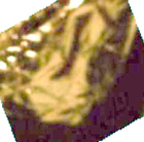

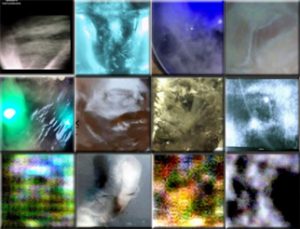
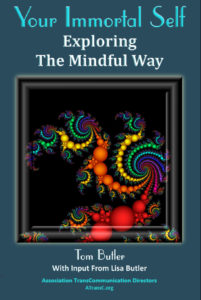



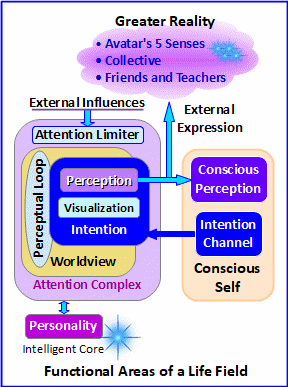
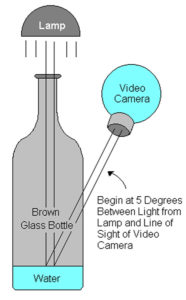


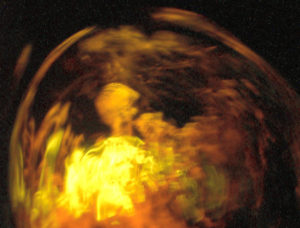
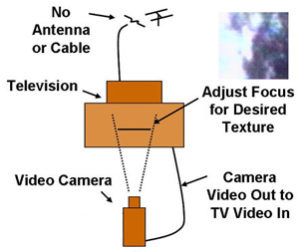
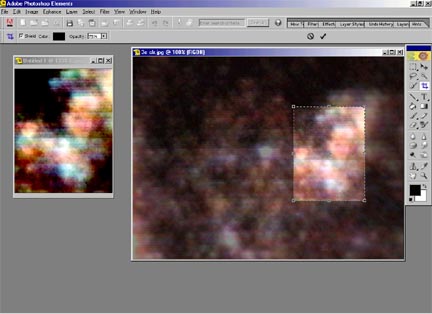
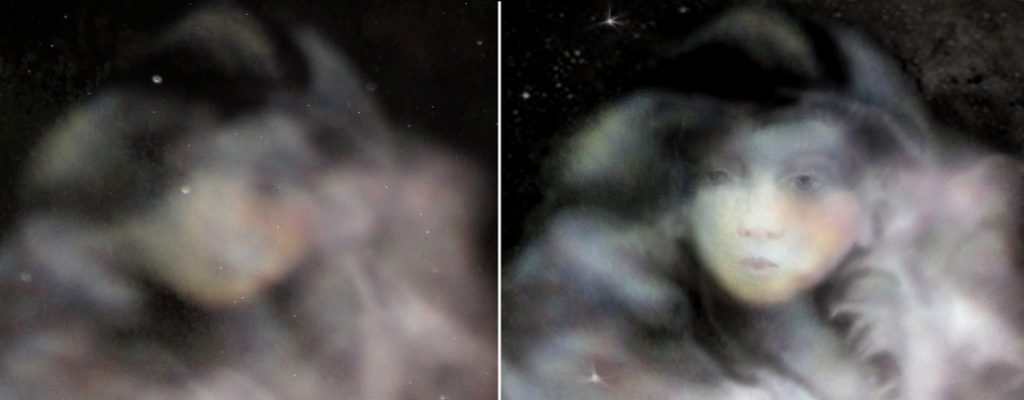
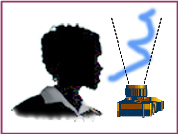


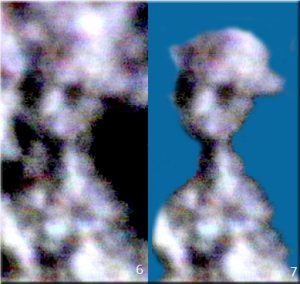
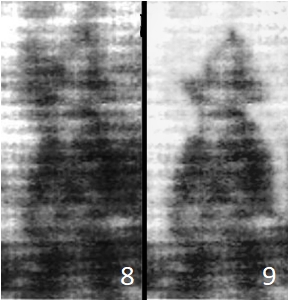
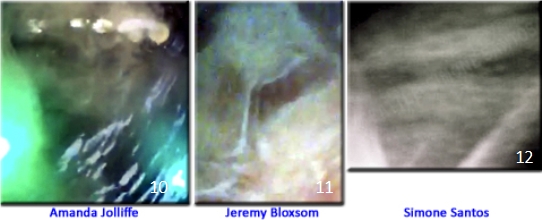
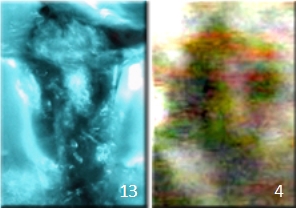

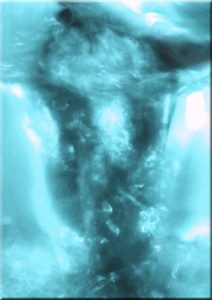

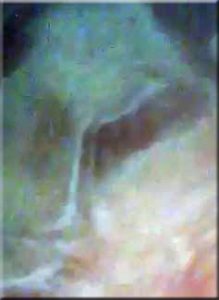
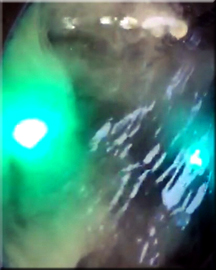

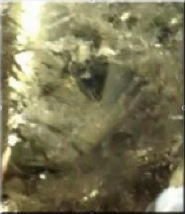

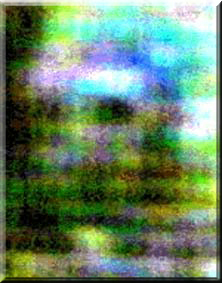
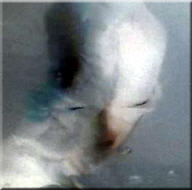

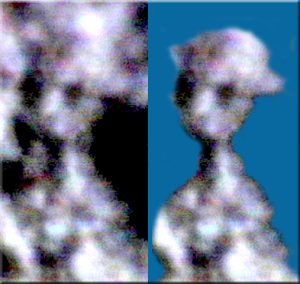
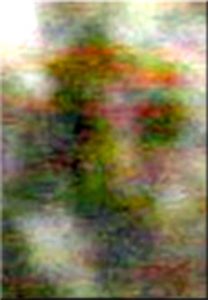
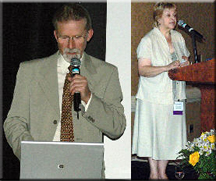
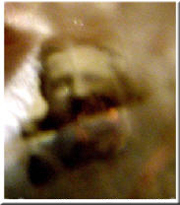
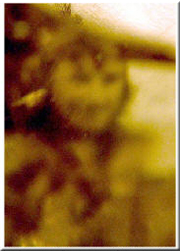

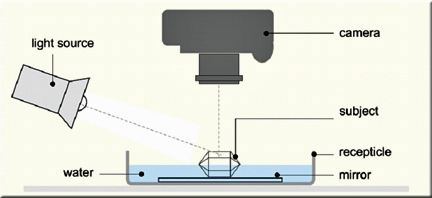
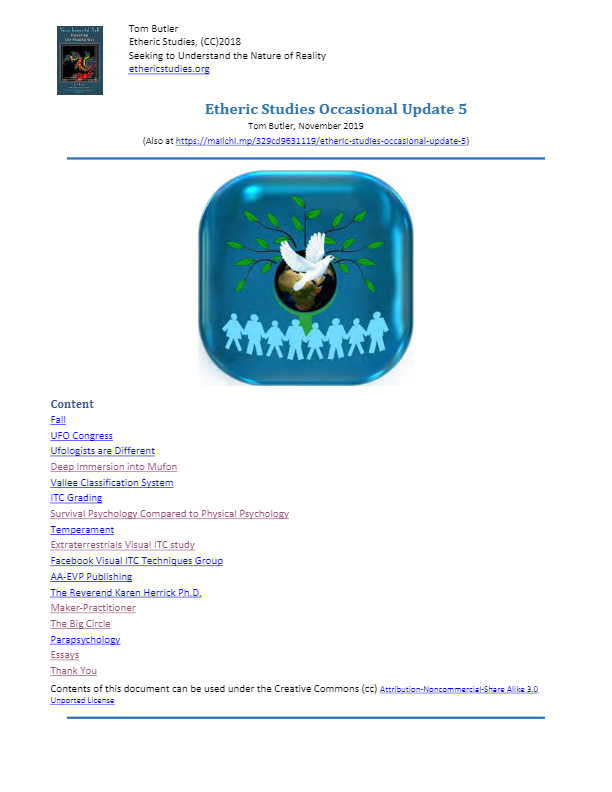


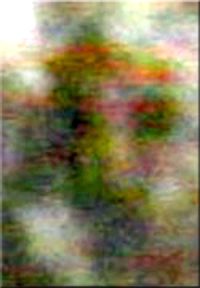
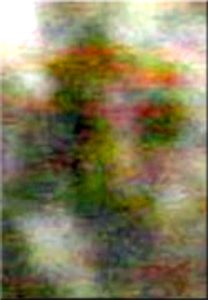

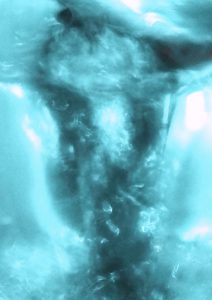
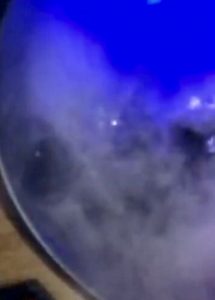
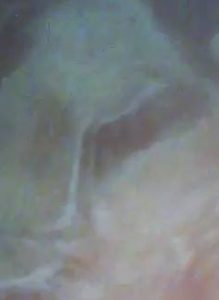
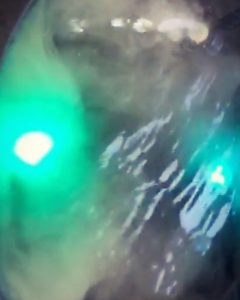

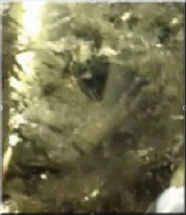
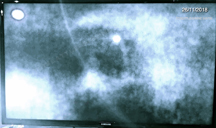

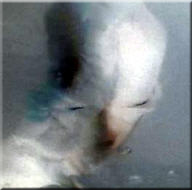
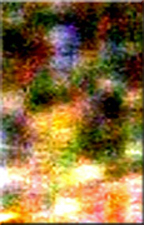

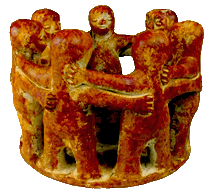





 Also at
Also at 
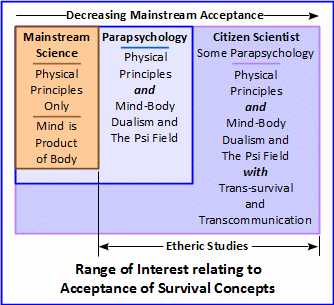
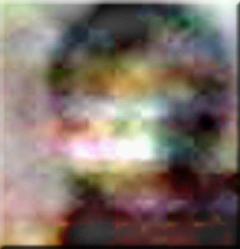

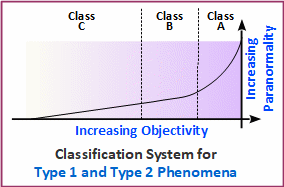
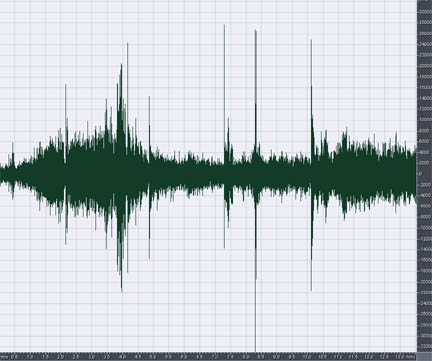

 A case study to illustrate this point is based on comments about darkroom séances reported in the ATransC NewsJournal. A person who was knowledgeable about EVP commented that “It seems fake to me.” He went on to say that “I believe there is a trap door or something like it. Notice that he’s behind the curtain for no real reason other than to shield eyes from whatever he’s doing. He may be an escape artist. He may have an associate sneak in from the floor or wall, etc. If he hid a small speaker in the wall outlet it could sound like this. He literally could have someone in another room speaking into a wireless mic and then it can be projected through the hidden speaker.”
A case study to illustrate this point is based on comments about darkroom séances reported in the ATransC NewsJournal. A person who was knowledgeable about EVP commented that “It seems fake to me.” He went on to say that “I believe there is a trap door or something like it. Notice that he’s behind the curtain for no real reason other than to shield eyes from whatever he’s doing. He may be an escape artist. He may have an associate sneak in from the floor or wall, etc. If he hid a small speaker in the wall outlet it could sound like this. He literally could have someone in another room speaking into a wireless mic and then it can be projected through the hidden speaker.”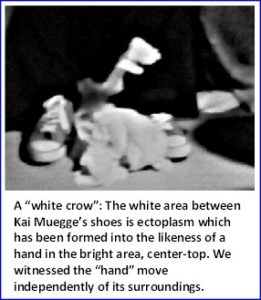 Moving the chair, and the usual rearranging of his clothes is a common demonstration of phenomenal control in David Thompson’s seances. It is difficult to put into an evidential perspective. However, at the end of the darkroom demonstration Stewart Alexander provided during the 2011 Stewart Alexander and Friends Conference, the Butler’s witnessed the glow tabs on Stewart’s knees passing by at eye level, less than a foot from their face. Others who were further around the circle, saw the tabs tilt dramatically as Stewart’s chair floated around the room. He had been partially awakened for the experience and complained something to the effect, “I really do not like this part.” Later, with the lights on, Stewart’s undershirt was found lying on the floor.
Moving the chair, and the usual rearranging of his clothes is a common demonstration of phenomenal control in David Thompson’s seances. It is difficult to put into an evidential perspective. However, at the end of the darkroom demonstration Stewart Alexander provided during the 2011 Stewart Alexander and Friends Conference, the Butler’s witnessed the glow tabs on Stewart’s knees passing by at eye level, less than a foot from their face. Others who were further around the circle, saw the tabs tilt dramatically as Stewart’s chair floated around the room. He had been partially awakened for the experience and complained something to the effect, “I really do not like this part.” Later, with the lights on, Stewart’s undershirt was found lying on the floor.